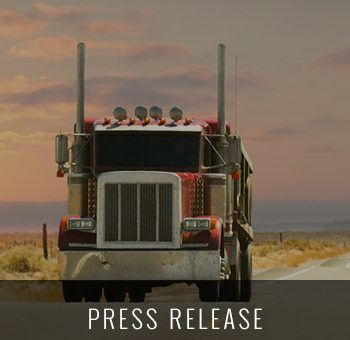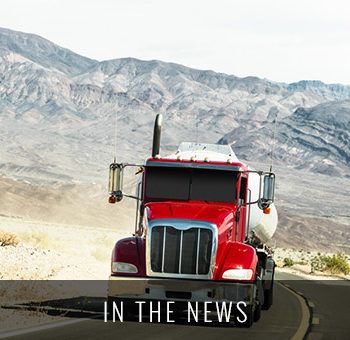
Why Video Alone Isn’t Enough: The Value of a Managed Service
By Matt Brunelle, Vice President, Customer Success, SmartDrive
Adoption of video-based safety solutions is increasing rapidly across the industry, and for good reason. According to a recent AAA study, the use of video-based safety systems could prevent 63,000 crashes and 17,733 injuries annually.
However, it’s not enough for fleets to simply install the hardware. Though a dash cam might capture a collision, this action alone doesn’t identify the contributing factors or prevent future collisions. Today’s most advanced video-based safety and analytics solutions are offered as a fully managed service, alleviating fleet managers from the tedious tasks of reviewing video footage and analyzing data, while offering a consistent and unbiased insight into risk. As a result, fleets maximize the value of their video safety investment and drivers benefit from a program they can trust.
Get More From Your Data
Choosing to implement a video-based safety program is a tremendous step toward creating a safer and more efficient fleet. However, few fleets have the internal resources to take on the cumbersome task of analyzing the massive amounts of data produced by these systems to decipher where the risk lies and what can be done to address it. Additionally, the process of collecting, analyzing and acting on data must be a standardized, repeatable process that drivers view as fair and consistent. Without these elements, fleets will forego the true value of a video-based program.

Unbiased Analysis
Another key benefit to choosing a managed service program is the unbiased analysis of the data. Using third-party experts rather than fleet managers ensures each driver and event is evaluated consistently, creating a fair playing field and avoiding issues that might stem from bias. With easy-to-use tools such as driver scorecards, fleet managers can ensure continued improvement among their drivers, ultimately increasing bottom-line results.
Improvement Can’t Occur Without Measurement
Drivers can have perfect driving records, but that doesn’t necessarily mean they are driving safely—they may just be lucky. Eventually, that luck will run out. Before it does, fleets should have an accurate understanding of their risk.
A managed service affords a real-time stream of analyzed data that accurately measures a driver’s exposure to risk. This measurement is based on the triggering event, observed behaviors, risk exposure metrics based on predictive algorithms and correlations to prior collision data, thus painting a thorough picture. As a result, fleet managers can quickly identify which drivers are more likely to be involved in an incident and can allocate time for coaching appropriately. In addition to supporting coaching programs, accurately measuring drivers’ performance can serve as the foundation of recognition programs.
The state-of-the art video based safety program includes management reports and key performance indicators (KPIs) that optimize the program on an on-going basis, while underscoring areas of strength and opportunities to improve.
More than the Bottom Line
Expert, consistent and non-biased review is essential to every video-based program. Compared to taking on this task in-house, a managed service is clearly the more efficient and cost-effective approach for fleets. When investing in a video-based safety solution, fleets should look for a partner that can share best practices, modify the program to specific goals and priorities and support a growing company.
Most fleets report that by preventing just one collision, a managed service program more than pays for itself. A managed service will deliver measurable results that will pay off financially and significantly improve safety.
Click here to download Measuring the Value of a Managed Service Program white paper for additional information on what to consider when installing a video-based safety system.
- Posted by Melissa.Senoff@smartdrive.net
- On February 19, 2018

